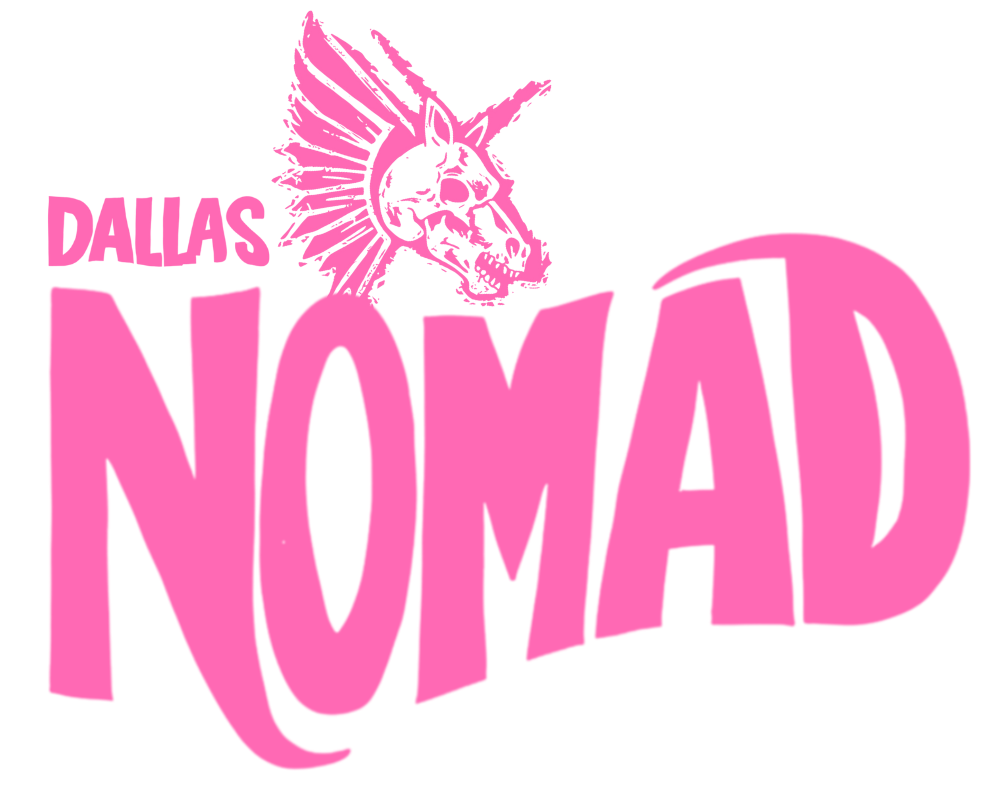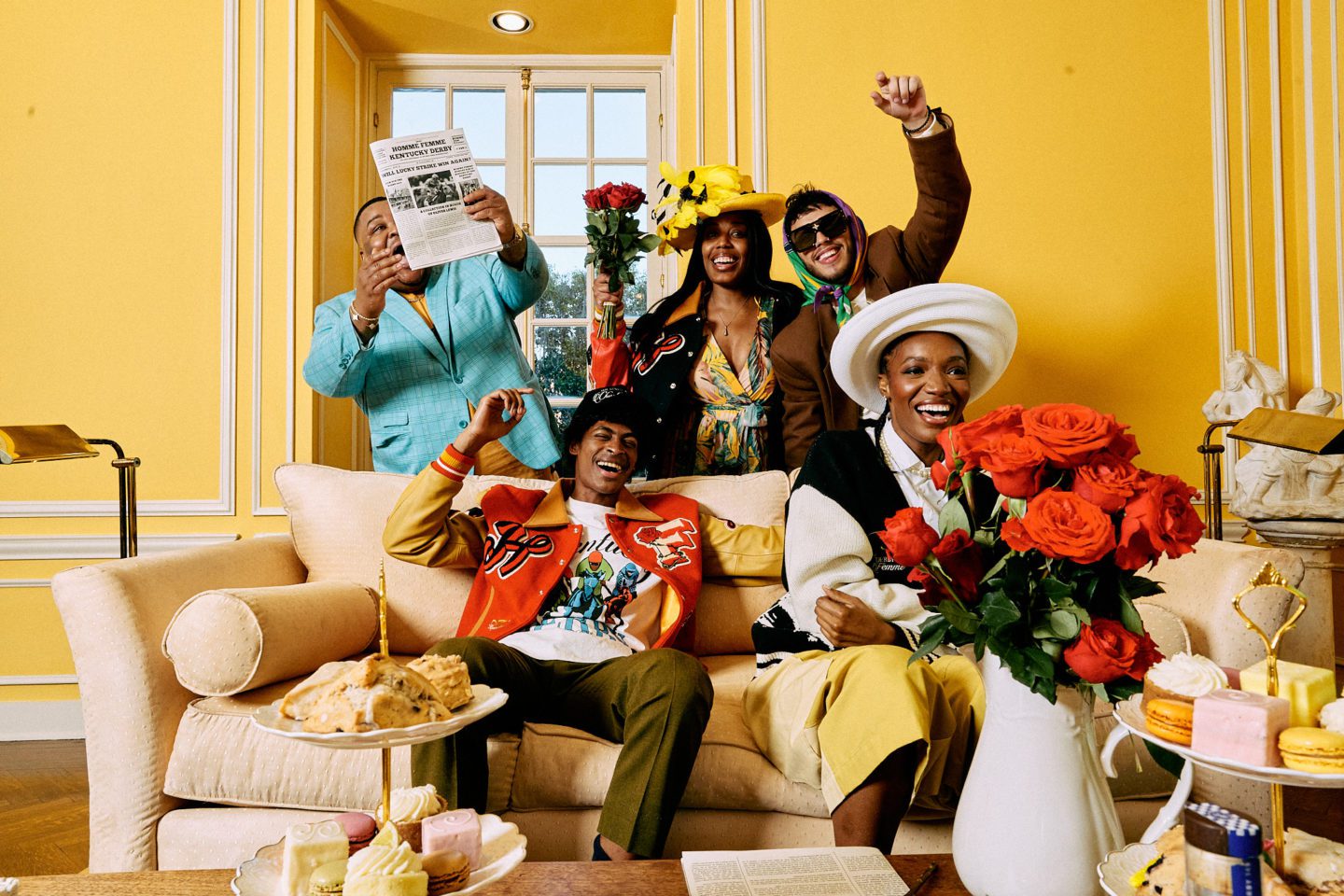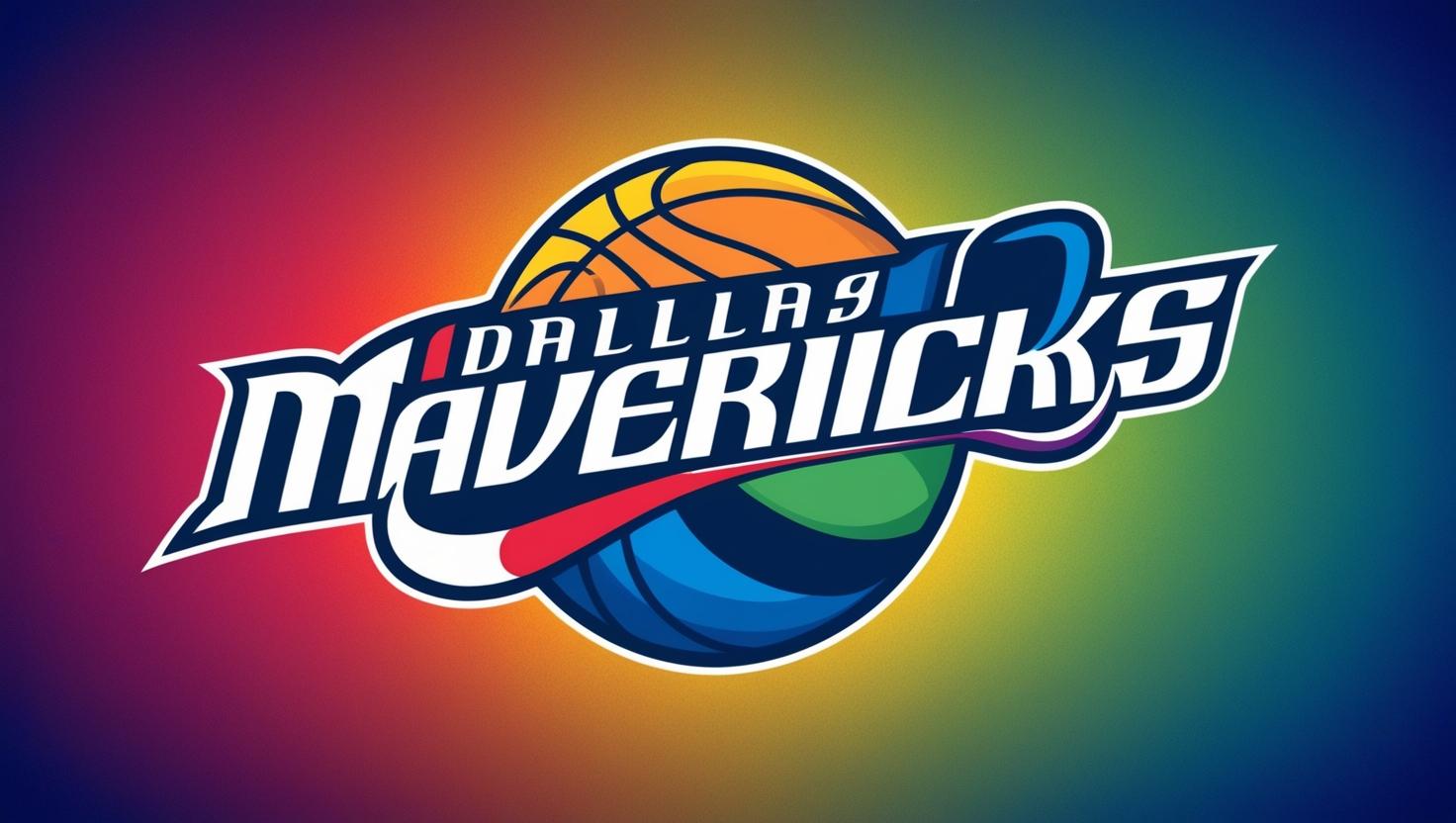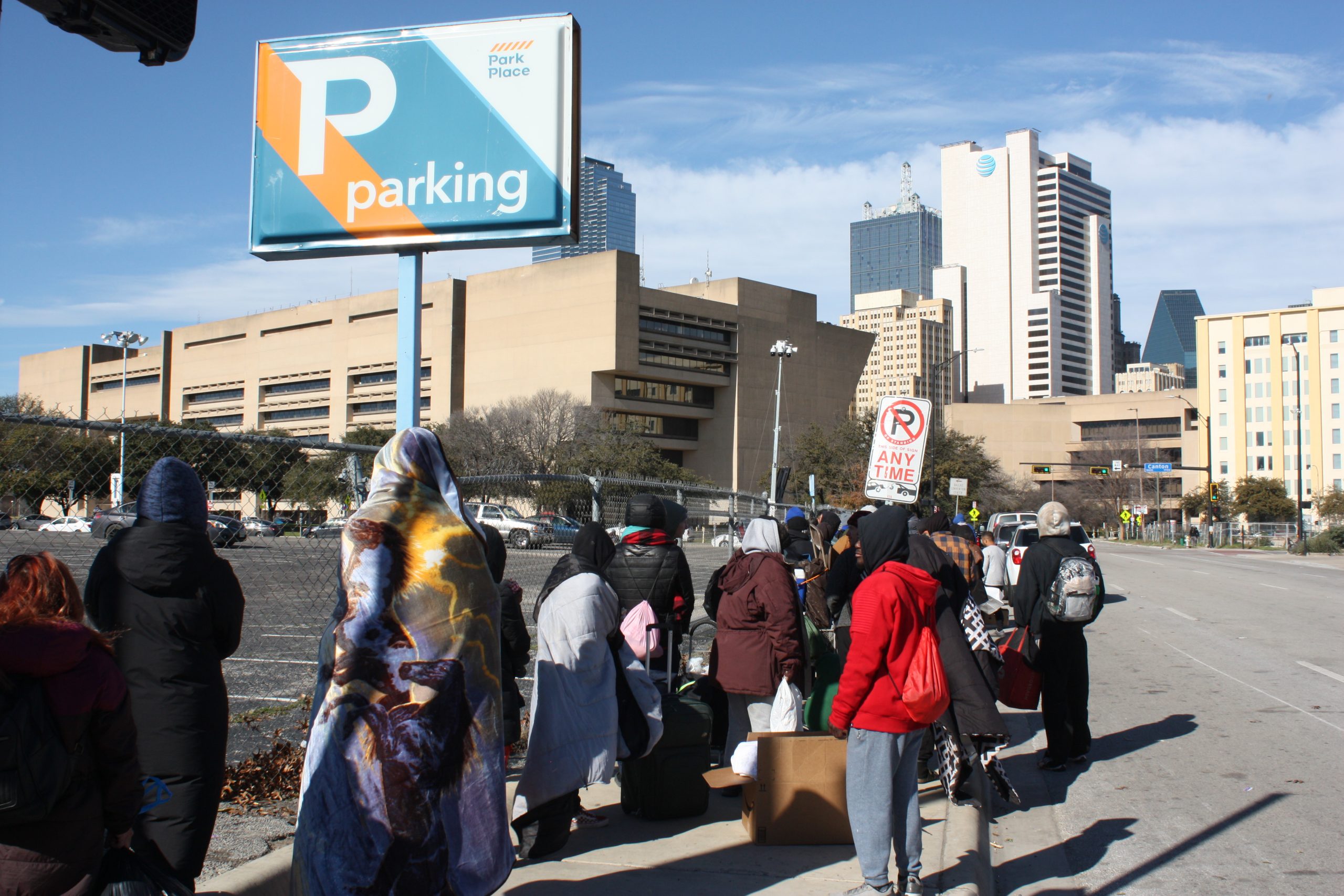Polyamory in Dallas (Through a Queer Lens)
Dating in Dallas can be challenging for singles whether it’s swiping on the plethora of online dating apps or
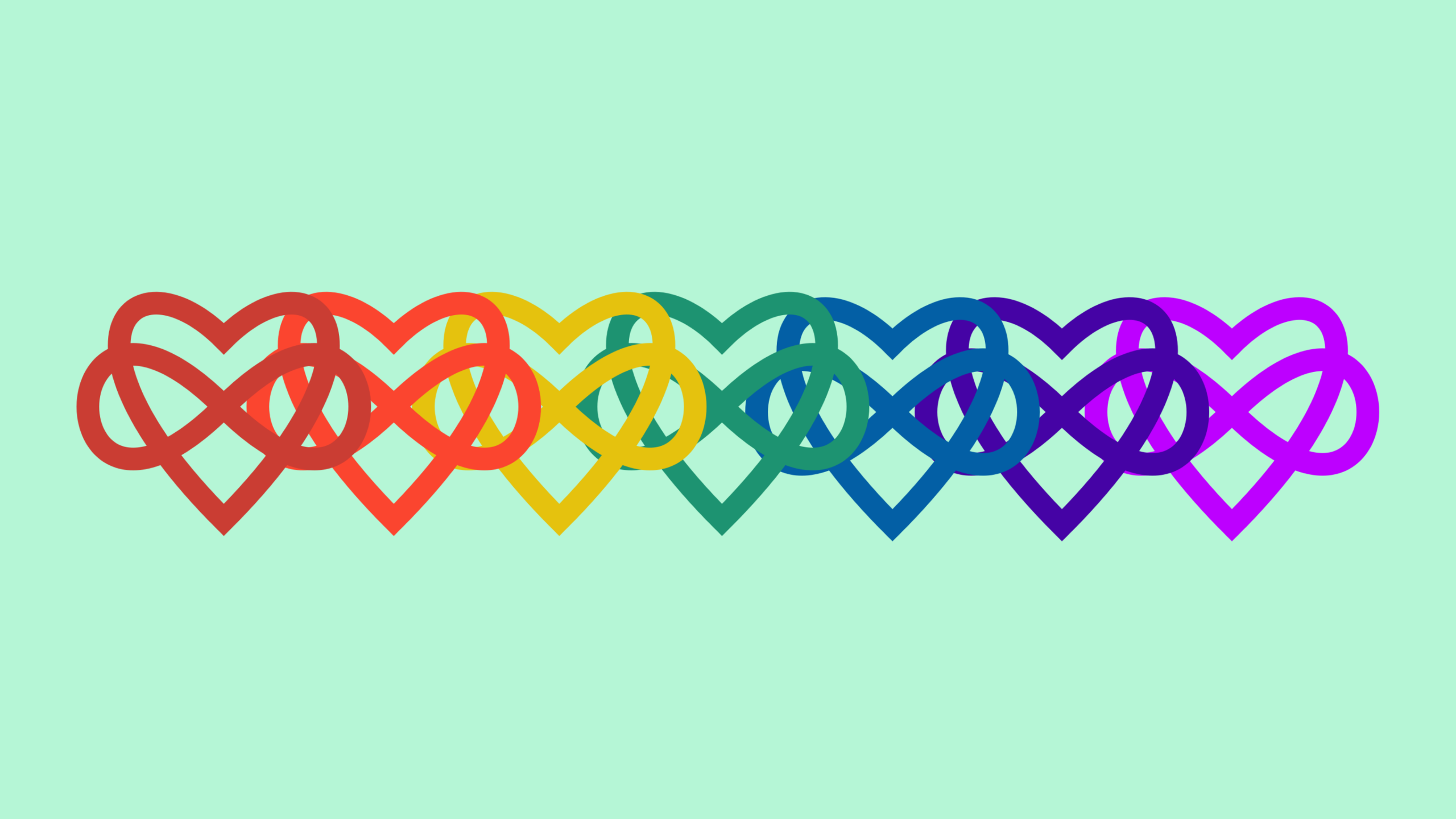
Dating in Dallas can be challenging for singles whether it’s swiping on the plethora of online dating apps or congregating local spots for a chance encounter of a meet-cute; but for polyamorous queer folk, the dating scene can be more arduous.
Polyamory is a form of consensual non-monogamy and though it is uncertain how many people in Dallas practice polyamory due to the scarcity of data, a 2021 U.S. study published by the Frontiers of Psychology found approximately 4-5% of people identify as being in a consensual non-monogamous relationship.
Polyamory is not a one size fits all relationship style. There are various poly dynamics including but not limited to: mono-poly relationships, a polyamorous person is in a relationship with a monogamous person; solo polyamory, a person who maintains a multitude of romantic and/or sexual connections and prioritizes themselves as their own primary partner; hierarchical polyamory, a person has primary and secondary partners deemed as the most controversial; a triad, a relationship involving three individuals; a vee, a person has two partners who are not romantically or sexually involved with each other; and a quad, a relationship involving four individuals which can consist of two couples.
Leaf, an Asian-American chemist turned chemistry teacher who has been practicing polyamory for approximately two years, considers dating in the Dallas-Fort Worth metroplex a grueling experience since moving from Austin last year.
Their introduction to consensual non-monogamy started in an open relationship with a man while in college from 2021-22. Autonomy in the relationship shifted when their male partner wanted to implement a “one penis policy” (OPP) meaning Leaf could only sleep with other women as sexual partners but not other men.
“We would hook up with other people, and when I hooked up with another woman, he was fine with that,” Leaf said, “but when I expressed interest in hooking up with a guy, he was not OK with that.”
Their experience is not new as OPP has faced criticism within the polyamorous community oftentimes being enforced on queer women who are in relationships with cisgendered, straight men. It is seen as antithetical to ethical non-monogamy by imposing rules reflective of misogyny instead of focusing on open communication and consent to indicate boundaries.
Sinclair, a biracial registered behavioral technician who has a nesting partner with both mutually practicing polyamory, also has experienced unpleasant interactions with cisgendered, straight men being bisexual.
“They see how attractive my girlfriend is and then they ask for a threesome,” she says.
Mads, who identifies as queer after being closeted as a former Christian who was engaged and now organizes around food justice and environmental issues, used Feeld for a while, a dating app designed for people with preferences for open-minded sexual and romantic experiences.
Mads is currently in a mono-poly relationship with a monogamous person, and they shared about their heartbreak of being previously in a hierarchical polyamorous relationship with a married person after being vetoed by that person’s primary partner.
“I think polyamory as an idea is a real threat to people because it does challenge some fundamental ideas about what a family should look like in the U.S.,” they say.
The Organization for Polyamory and Ethical Non-monogamy (OPEN) is one nonprofit that advocates for the rights, protections, and acceptance of non-monogamous relationships and families. The Polyamory Legal Advocacy Coalition also supports advancing the rights of polyamorous individuals and families by urging the adoption of a legal recognition to combat relationship discrimination. In Texas, polyamory is not illegal; yet, ethical or consensual non-monogamous relationships are not recognized as legal marriages. The legal aspects of a monogamous married couple such as property, spousal rights, and custody of a child are not extended to polyamorous relationships.
Sinclair plans to have a family and has discussed marriage with her nesting partner. To address hierarchy within their relationship, she created a shared online calendar with her non-nesting partner at the time to implement time management and equity where all partners involved felt seen and heard.
“We both attempt to be as conscientious as possible, especially when we were actively dating other people, but we both agree and have discussed that there are some natural hierarchies you can’t avoid, but you gotta be aware of,” she says. “[My nesting partner] is the person who gets the most of my time.”
Decolonizing Love, a duo of polyamorous coaches unpacking the decolonization of relationships, dives into the harmful effects of hierarchical polyamory deeming this dynamic as unethical and inequitable among many other topics on non-monogamous relationships while providing 1:1 and group peer coaching services.
Learning to not interfere with a partner’s autonomy by challenging an individual’s own grasp of possessiveness while communicating needs is key to healthy interactions in polyamorous circles. As several respondents acknowledge, circumventing a sense of ownership in relationships requires self-reflection and confrontation of insecurities.
“You can’t exactly hide from yourself the way that you can in a monogamous relationship. You have multiple avenues of self-reflections for relating with people,” she says.
Stereotypes have been presumed about polyamorous people of being unattractive, sexually promiscuous, afraid of commitment, while also likely to engage in unprotected sex. Polyamory is often conflated with cheating, though cheating can occur within a polyamorous relationship. And while the pitfalls of queer polyamory can be intimidating to some, respondents shared a greater sense of enrichment in their romantic lives.
